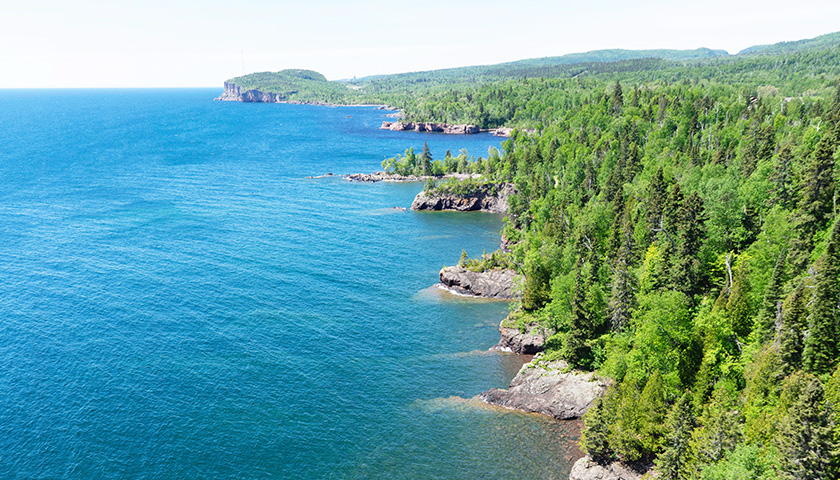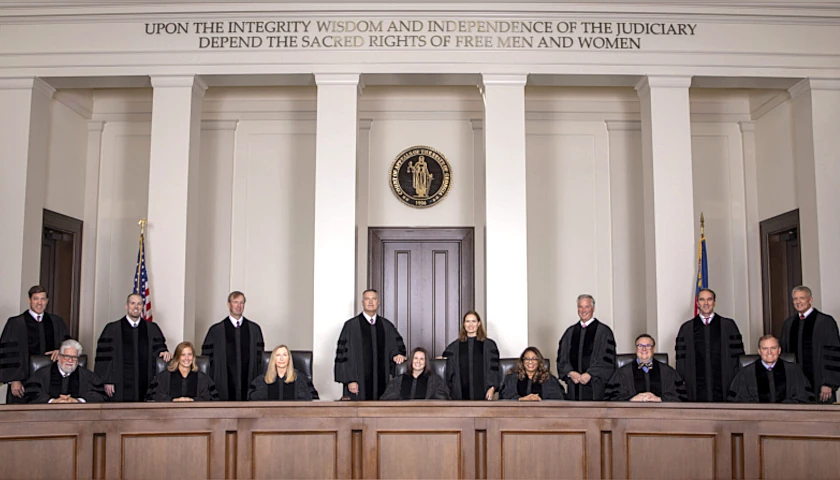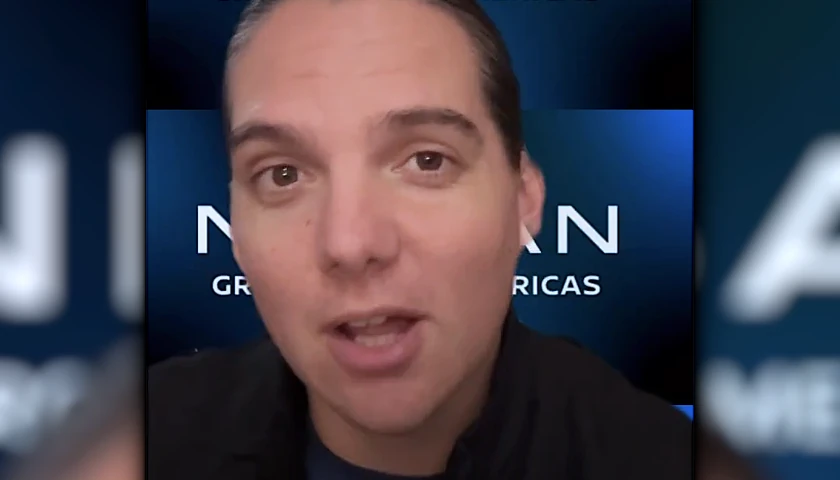by Bruce Walker
Geologists and mining experts say Minnesota, Wisconsin, and Michigan’s Upper Peninsula may provide a solution for an obstacle facing the electric vehicle transition.
Minerals are needed, and this area has them.
U.S. manufacturers are largely dependent on foreign countries like China, Russia and Indonesia for critical minerals like nickel and cobalt, which are key materials for electric vehicle batteries. Automakers increasingly are looking for domestic supplies, and northern Minnesota and Wisconsin as well as Michigan’s Upper Peninsula – a geological area bordering Lake Superior dubbed the Midcontinent Rift – may provide the solution.
“Leaders in Congress and President Biden, on a bipartisan basis, have advanced policies that support domestic production of critical minerals for both new renewable energy technologies (transmission lines, batteries, hydrogen production, etc.) and defense,” Todd Malan, Talon Metals chief external affairs & head of climate strategy, wrote in an email to The Center Square.
Minnesota, Wisconsin, and the Upper Peninsula were identified by the U.S. Geological Survey as potentially rich in nickel and other critical minerals in a report released in 1997. Geologists determined there were striking similarities between the rocks of the 1.1 billion-year-old Midcontinent Rift in the U.S. Lake Superior region and nickel-cobalt-platinum deposits in what was then the largest producers of the critical minerals, the Voisey Bay region in Labrador, Canada, and Noril’sk, Russia.
“It wasn’t until the early ’90s that Western geologists had the opportunity to visit the deposits in Russia (then the Soviet Union). When they saw the rocks, Western geologists had an eureka moment and realized that rocks in the Lake Superior area were analogous to those in Russia,” geologist Michael L. Zientek explained to The Center Square in an email.
“About 2015, the USGS funded a project to consider the mineral potential of the Lake Superior area,” Zientek continued. “As part of that work, a group of us compiled all available information and used an assessment strategy to quantitatively evaluate the potential for undiscovered deposits. We divided the area around Lake Superior into different domains and estimated how many undiscovered deposits could exist. The methodology does not locate the deposits but gives us a way to consider the relative importance of different areas.”
Some of the mineral potential estimates from data and reports more than 20 years old may seem dated but is not. Melanie Humphrey, a senior geologist at the Upper Peninsula Geological Repository of the Michigan Department of Environment, Great Lakes, and Energy, told The Center Square, “That’s considered very recent relative to geologic processes. In other words, the geology isn’t going to change that quickly.”
The informed suspicions may not have initiated anything similar to the 1849 California Gold Rush, but mining companies took heed.
The Eagle Mine west of Marquette, Mich., began full operation in 2014, adding 400 jobs and claiming $4.3 billion of economic activity to the Upper Peninsula. Owned and operated by Canadian-headquartered Lundin Mining, the mine produced 17,475 tons of nickel in concentrate and 15,895 tons of copper in concentrate in 2022.
State and local economies also stand to benefit from mining operations from increased tax revenues. Michigan’s 2.7% severance tax, for example, was enacted in December 2012. At that time, the Michigan House Fiscal Agency projected the then-nascent, underground Eagle Mine would increase state revenue by an estimated $21 million and local revenue by an estimated $13 million. Eagle owner and operator Lundin Mining claims the mine will extract 440 million pounds of nickel and 429 million pounds of copper by the time it ceases operation in 2027.
Not only is nickel crucial for manufacturing electric vehicle batteries but it is also used for medical equipment.
Talon Metals Corp. operates the central Minnesota-based Tamarack Nickel Project in conjunction with the international mining conglomerate Rio Tinto. The company has entered into an agreement with Tesla to supply 165 million pounds of nickel.
“Talon Metals shares the view of the U.S. Geological Survey that the Lake Superior region is highly prospective for additional deposits of high-grade nickel, similar to the confirmed deposits at the Eagle Mine and the Tamarack Nickel Project,” Malan said. “Understanding what the United States has within its domestic mineral endowment, through the exploration activity that Talon hopes to undertake in the U.P., will help the US address its current dependency for critical minerals from foreign countries like Indonesia, China and Russia.”
John Yellich is director of the Michigan Geological Survey, which has received funding from the USGS for a three-year project to map the Upper Peninsula and collect mineral samples in partnership with Michigan Technological University in Houghton.
“We’re going to be looking at probably about 200 square miles of area,” Yellich told The Center Square. “We want to test the geophysical signatures in those areas to see what we have. After that, it’s going to take more field work.”
Yellich noted the Michigan Geological Survey wasn’t funded for 30 years, but now operates on a $3 million annual budget derived from USGS and state funding.
Martin Fittante is chief executive officer of InvestUP, a regional economic organization located in the Upper Peninsula.
“With the apparent commitment to policies that are being embraced in many corners to transform traditional energy uses to electrification, it is our hope that the need to mine the precious metal resources that are foundational to electrification domestically also needs to be embraced,” Fittante told The Center Square. “We learned through the pandemic the crippling impact that can quickly occur to be reliant on foreign supply chains. If this transformation is truly going to occur, we cannot let policies, attitudes and emotions stand in the way of the opportunity that exists to safely mine those critical minerals right here.”
Ryan Sistad is executive director of Better in Our Back Yard, an industrial development advocacy group based in Duluth.
“Between elevating recycling capabilities and increasing domestic production of nickel, the U.S. could theoretically supplement its own nickel demand while creating good paying jobs from Minnesota’s Iron Range all the way to Michigan’s beloved U.P.,” Sistad told The Center Square in an email.
– – –
Bruce Walker is a regional editor at The Center Square. He previously worked as editor at the Mackinac Center for Public Policy’s MichiganScience magazine and The Heartland Institute’s InfoTech & Telecom News.
Photo “Lake Superior” by Lucas Ludwig.









Expand mining in area more $$$